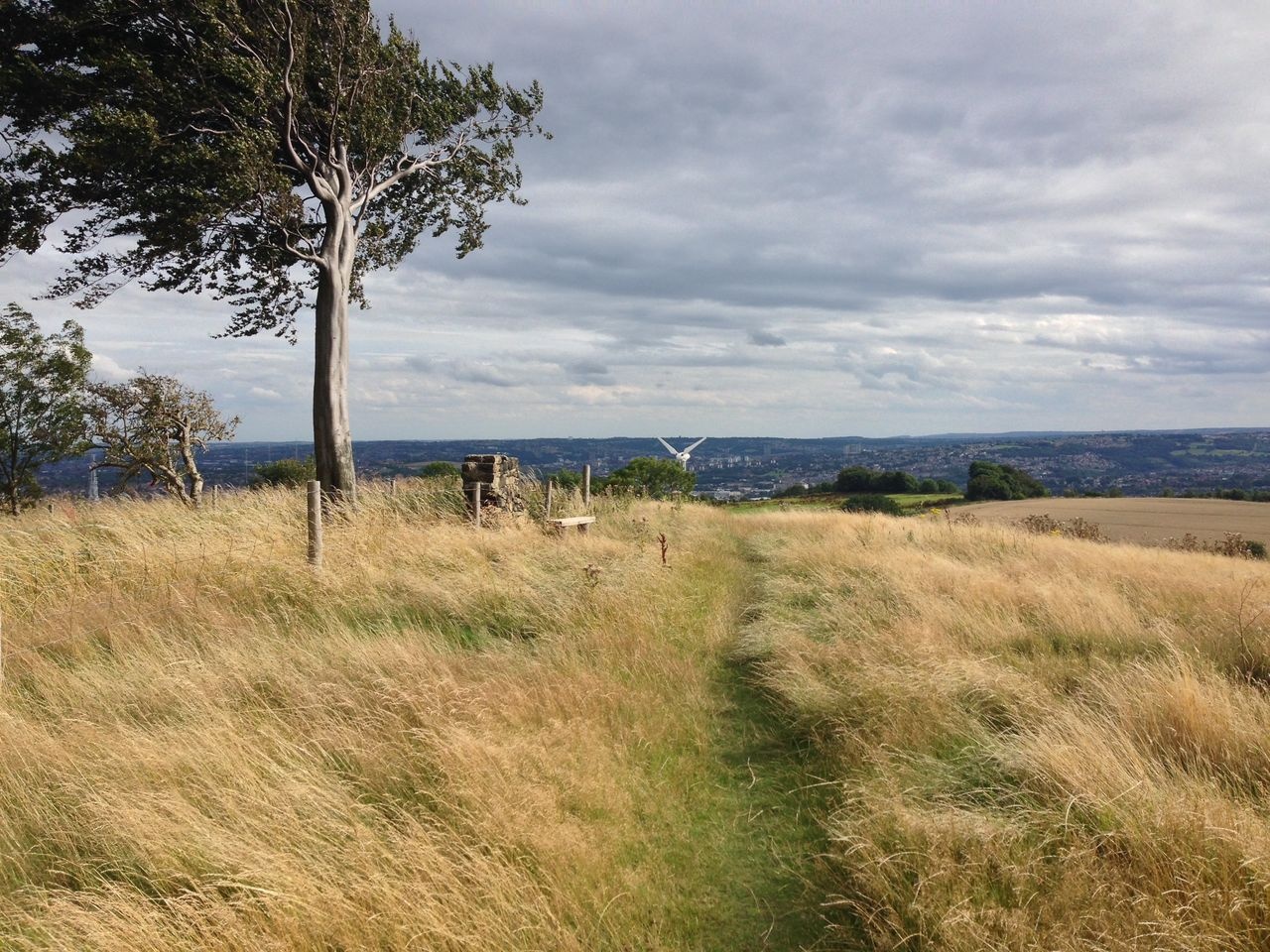
Uploaded on 2015-12-14 by jflevery
http://s28.postimg.org/9jmbanknx/P1030841.jpg - Urban Image, Clapham, London http://s16.postimg.org/s3onxxq91/IMG_6665.jpg - Rural Image, Jawbone Hill, Sheffield 1: London suffers significantly from the heat island effect. With a high and constantly rising land value, the use of land as building is becoming an incredible demand. From personal experience, it is increasingly popular for private land owners to extend buildings to the point that they have no remaining garden spaces, which is also evidence in raising flood risk in the city. Evidence of the UHI effect can befound here: https://informedinfrastructure.com/5503/satellite-images-reveal-londons-heat-island-effect/ This is also evident on the morning news, where the capital always has noticeable higher air temperatures. Also recently it has become common for weather forecasts to compare urban and rural temperatures, of which the urban temperatures tend to be higher than those of the rural areas. 2: From the images, you can see the difference in volumes of hard surfaces (concrete, asphalt, brick etc.), that there is more of these high thermal mass materials being used in the urban area. There is also more vegetation to the rural area, which as evidenced in the video reduces evaporative cooling. Further, the urban street canyons act to trap further heat, and their even building levels mean that wind overhead can further trap warm air and restrain it to the street level. 3: To tackle this issue of UHI effect in urban areas, I would propose several changes. Staggered building levels, currently opposed by the UK planning authorities on ground that it creates disharmony in aesthetics, would create interference in the wind which can lead to better cooling effects. Increased vegetation in the urban area could improve evaporative cooling and shading (including seasonal shading in the case of deciduous plants), and using highly reflective diffusing surfaces (i.e. white painted) could further reflect radiation back into space. 4: BRE (The Building Research Establishment) and BREEAM (The Building Research Establishment Environmental Assessment Method) is the leading contributor to improvement of the built environment with a specific focus on sustainability across a broad spectrum of lifestyles, materials, actions, transport and more. Unfortunately, BREEAM is only an optional device for builders, and government-lead environmental measure in urban design are largely mysterious or non-existent. Recently the environmental strategies of the Code for Sustainable Homes, a government enforced standard, was scrapped and replaced with a post-design criteria that disregarded the early design process, missing out on copious opportunities for genuine sustainable building methods. There is largely still a dire need for real intervention in terms of sustainability-lead thinking in design practice in the UK.